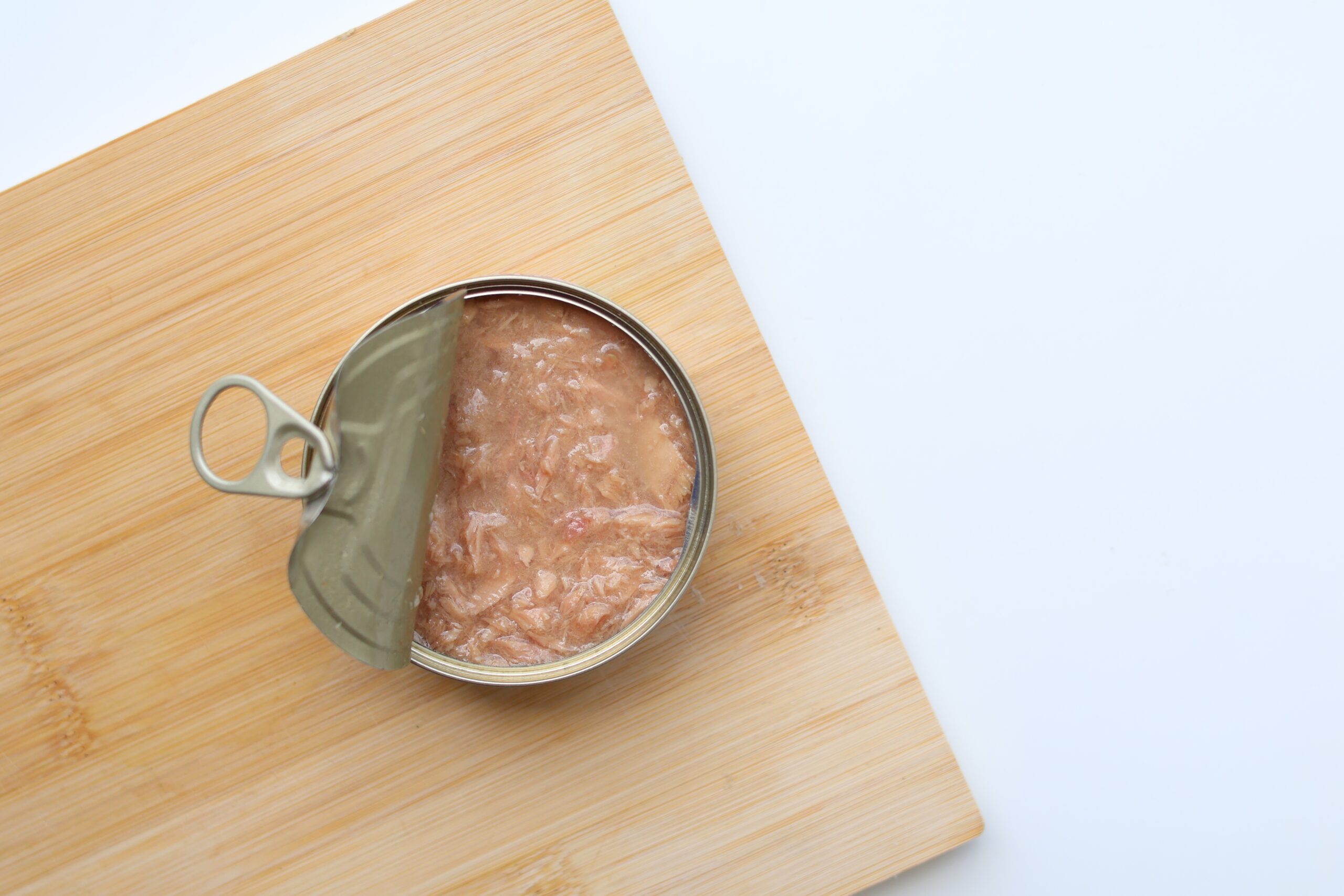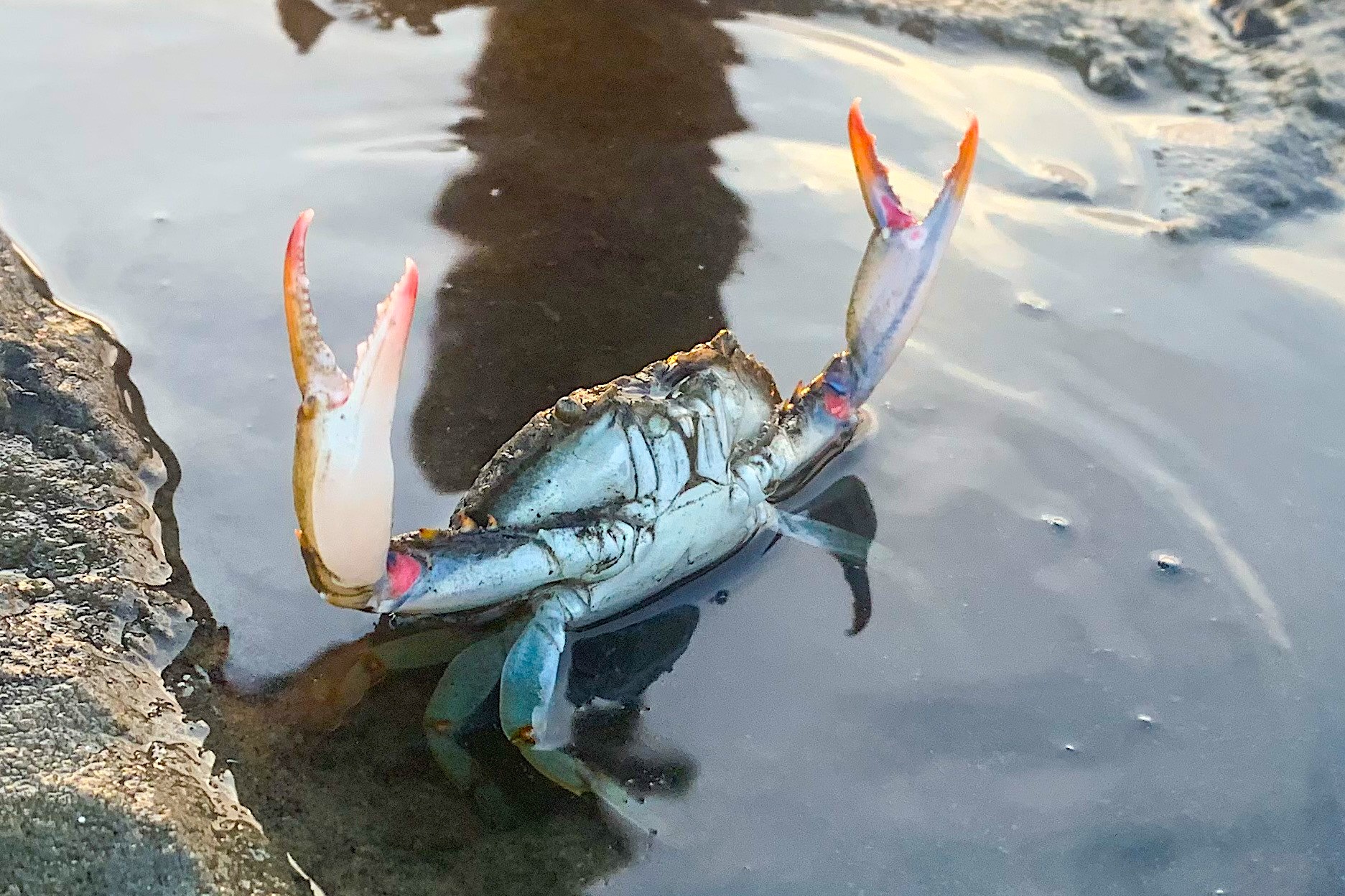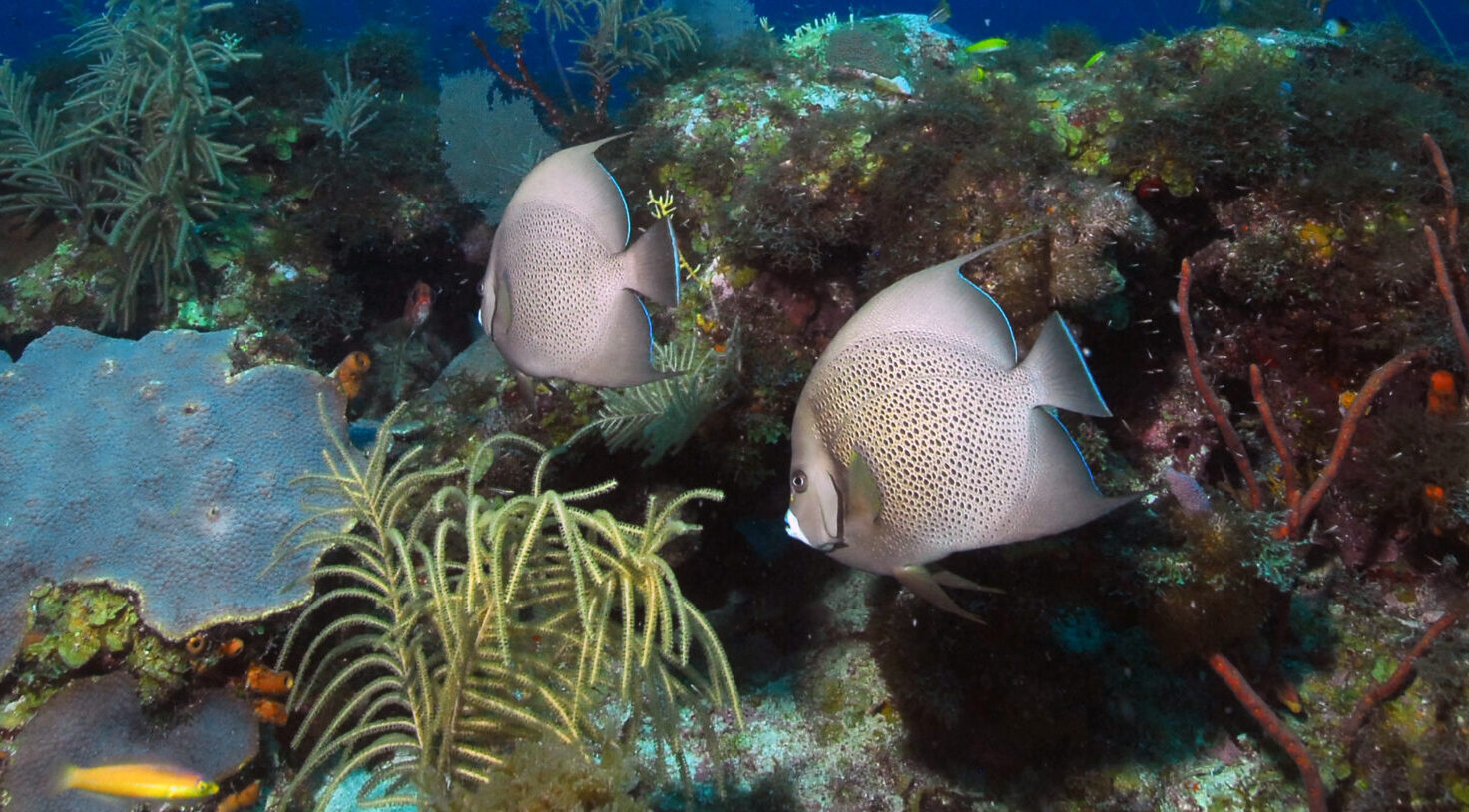A new study highlights mercury concentrations in common products.
Research Need
Seafood remains an excellent source of necessary nutrients, and its consumption is rising worldwide. Despite the general scientific consensus that the benefits of seafood outweigh risks, some seafood consumers have worried about mercury poisoning.
Mercury is a highly toxic chemical known to cause life-threatening neurological problems to humans.
Tuna, for instance, one of the top five most-consumed seafood species in the U.S., can be a source of mercury exposure. Large, long-lived tuna are top predators that consume smaller fish containing mercury, and so the toxin accumulates with time in tuna.
Although the FDA has factored for safety in setting its hard limit at 1 part per million for marketable products, recent studies have revealed mercury concentrations in canned tuna that do exceed this limit.
So, is packaged seafood safe?
What did they study?
Researchers purchased 148 pre-processed, packaged seafood products across many brands and grocery stores in Raleigh, North Carolina, and tested the samples for mercury.
The research team placed seafood in a furnace and then heated it to high temperatures and into a vapor through a chemical process. To measure concentrations of mercury, a machine called a spectrophotometer shined light, which mercury particles absorb, through the vapor.
The research team grouped seafood into three categories based on feeding relationships within the food chain: (1) tuna, (2) other bony fish, and (3) shellfish and squid.
What did they find?
Tuna samples contained the highest mercury concentrations (and the greatest range of variation in concentrations). Tuna concentrations were highly dependent on their species and brand, with albacore tuna samples having the greatest mercury content. Several albacore samples exceeded the FDA’s approved limit of 1 PPM.
The differences in concentration may be due to the prey that tuna of different species and geographic locations consume. Albacore tuna tend to prey on small fish, while other tuna species rely on invertebrates. Fish living in different locations have different prey available to them, and different brands rely on different locations for their catch.
Herring and crab had the highest mercury concentrations of the other two groups.
Canned lump crab meat had higher concentrations than white crab meat. Lump crab meat often is a mixture of “white” meat from the body of the crab, as well as “dark meat” from the claw and leg. Dark muscle meat contains more mercury than white due to differences in protein composition, muscle activity, and fat content.
What else did they find?
The research team discovered when comparing their new data to FDA data from 1990 to 2012 that mercury concentrations in tuna have remained stable over the past two decades.
So what?
Although awareness about mercury in seafood is increasing, this study highlights a need for stricter controls and routine monitoring in the packaged seafood industry before canned tuna reaches the market. In the meantime, the safest option for consumers is to find alternatives to albacore tuna, which the study says can carry concentrations of mercury that are “particularly concerning for at-risk populations such as women, infants, and children.”
Reading
Rock, K.D.; Bhoothapuri, S.; Lassiter, E.; Segedie, L.; Belcher, S.M. 2025. Variability of mercury concentrations across species, brand, and tissue type in processed commercial seafood products. Toxics. 13 (6). p. 426-436. https://doi.org/10.3390/toxics13060426.
This research was funded by the National Institute of Environmental Health Sciences of the National Institutes of Health under award number P42 ES031009.
lead image credit: Adobe Stock.
The text from Hook, Line & Science is available to reprint and republish at no cost, but only in its entirety and with this attribution: Hook, Line & Science, courtesy of Scott Baker and Sara Mirabilio, North Carolina Sea Grant.





